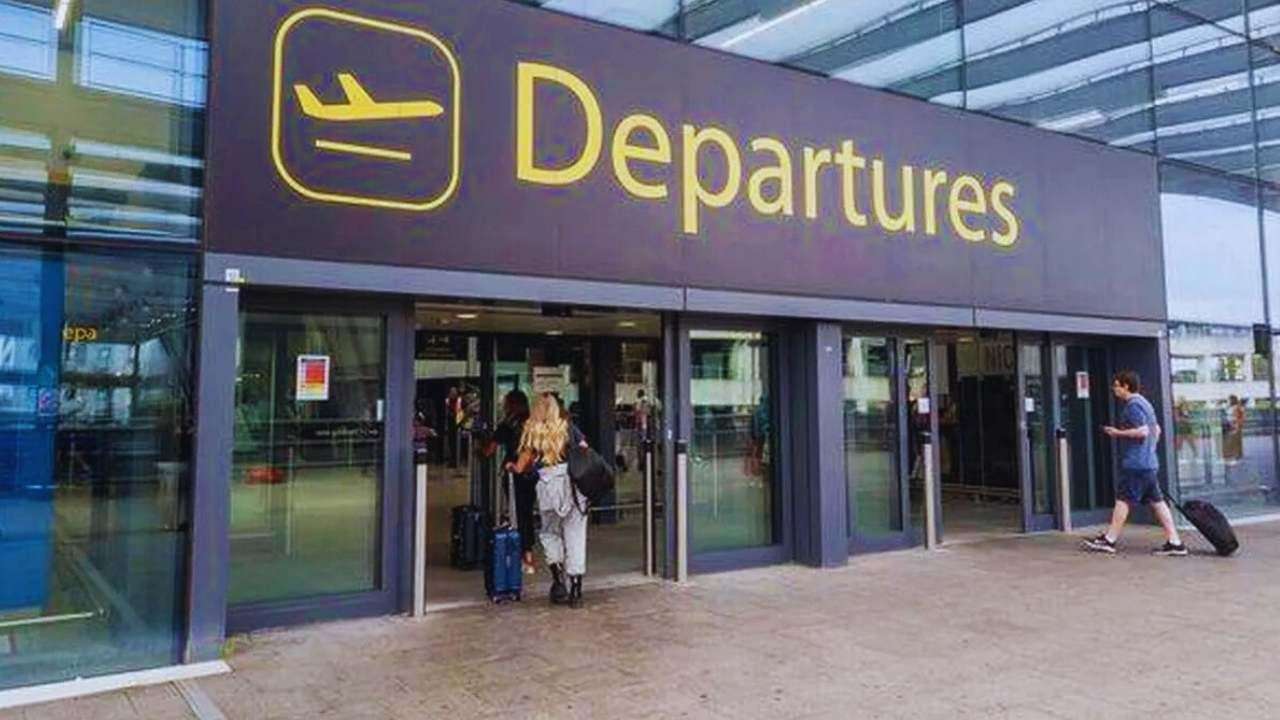The UK capital is on the verge of a seismic shift in its transport landscape. Major autonomous vehicle (AV) companies, including Waymo and those partnered with local innovators, are accelerating plans to introduce fully driverless ride-hailing and commercial services in London by as early as 2026. This aggressive timeline, fast-tracked by the government’s new Automated Vehicles Act 2024, promises a revolution in road safety and efficiency, but brings with it the grim reality of mass job displacement for the city’s vast workforce of private hire and delivery drivers.
The government is aggressively positioning the UK as a global leader in AV technology. The Department for Transport (DfT) and Transport Secretary Heidi Alexander project that the self-driving sector could create 38,000 new jobs by 2035—mainly in high-skilled areas such as fleet maintenance, software development, and remote operations—and unlock a \pounds42 billion industry. These new roles, however, offer little comfort to the hundreds of thousands of existing drivers facing obsolescence.
The Looming Job Displacement and Economic Shock
The economic rationale for autonomous fleets is undeniable: operating 24/7 without a human driver eliminates one of the largest costs in ride-hailing. The technology is touted as significantly safer, with companies citing their autonomous vehicles have a five-times lower rate of injury-related collisions compared to human-driven cars. As multiple operators prepare to launch, competition will drive prices down, making human-driven services less competitive and accelerating the transition.
For the tens of thousands of Londoners who rely on ride-hailing and taxi work, this shift is an existential threat. The UK’s overall road transport sector faces a high probability of significant automation, and the sheer volume of services in London makes the impact particularly acute.
Beyond the Taxi: The Fate of Delivery Drivers
The disruption is not confined to passenger transport. The same AV technology is rapidly maturing for commercial and logistics applications. Thousands of delivery drivers currently operating for food and parcel platforms across the city are next in line.
With the UK’s flexible new regulatory framework allowing for pilot schemes without a safety driver from spring 2026, autonomous vans and smaller delivery robots are expected to take over routine 'last-mile' deliveries. This will disproportionately affect workers in the gig economy, where the physical act of driving is being replaced by machine learning, forcing a desperate scramble for alternative work.
Survival in the New Era: The Workforce Pivot
For displaced drivers, the path to survival involves a complete workforce pivot. The new AV economy will generate jobs in fields such as:
Remote Fleet Supervisors: Monitoring the real-time performance of multiple autonomous vehicles from a control centre.
Specialised AV Technicians: Maintaining the complex sensor arrays, computing hardware, and software systems of the self-driving cars.
Human-Assisted Delivery: Shifting to highly complex delivery roles that still require human interaction or navigation in intricate building environments.
However, the speed of this technological transition requires a matching commitment to mass reskilling programs—an area where government and industry collaboration will be crucial to prevent widespread unemployment and social unrest.
Is London’s Infrastructure Ready for Robotaxis?
The ambition of a 2026 launch in one of the world’s most complex urban environments is huge. Companies are currently deploying vehicles with human specialists to extensively map and test their systems across the capital’s intricate web of narrow streets, unpredictable pedestrian behaviour, varied road layouts, and diverse weather conditions.
While the new Automated Vehicles Act provides the regulatory certainty for deployment, Transport for London (TfL) and City Hall must grapple with the potential for increased vehicle miles, congestion caused by 'ghost' vehicles cruising while waiting for a fare, and the need to tightly regulate fleet sizes.
The arrival of autonomous fleets is a definitive turning point for London. It promises a safer, more efficient, and more accessible future of mobility, but only if the economic and social consequences for the thousands of displaced workers are addressed proactively and with urgency. The countdown to the city’s 'Robotaxi Reckoning' has begun.







_3.jpg)
.svg)

